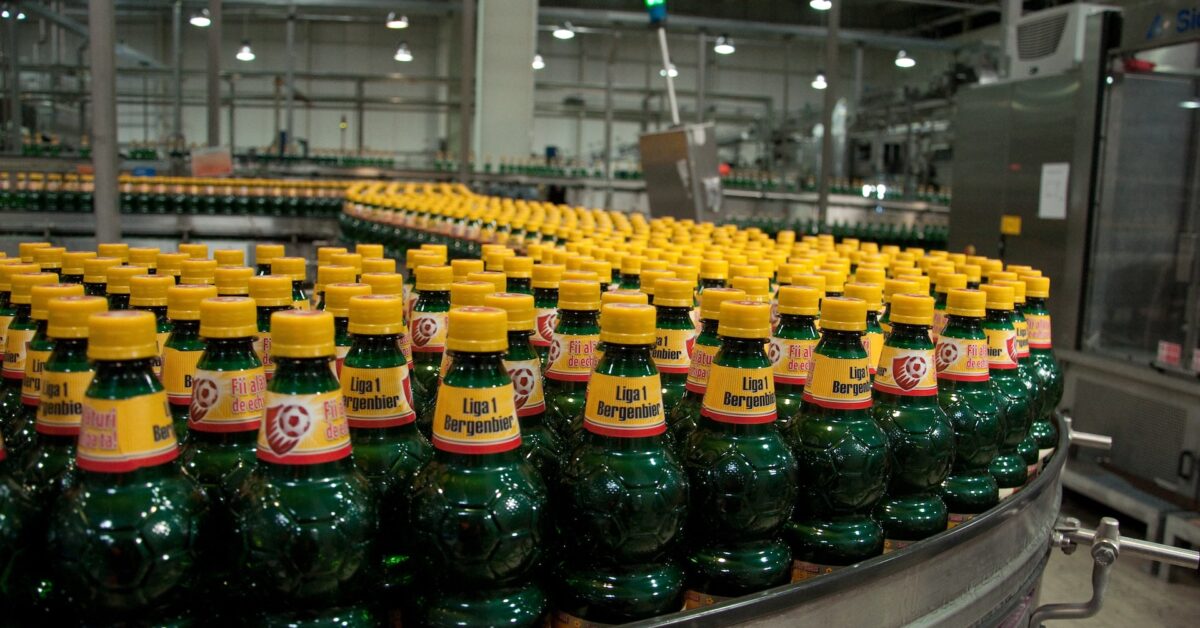When you automate your packaging processes, it can increase efficiency and reduce costs. Labor is one of the highest controllable costs for manufacturing businesses. Automation allows you to reduce these costs and reallocate your personnel to other business areas. These savings are a good return on investment and help your company run more efficiently and profit more over time.
Contents
Increased Efficiency
Automated packaging systems can save time and money by speeding up the packing process. They can also reduce costs related to labor, such as medical care, worker’s compensation, social security, vacation allowances, sick leave, and the cost of hiring extra employees. Automating a packaging line can reduce these costs and the costs of training new employees on how to operate the machines. Automated packaging lines can help companies save money and increase profitability by reducing these costs. Another way that automated packaging can help to lower costs is by reducing the risk of employee injuries. Repetitive strain injuries (RSIs) are a common problem in many industries, including manufacturing and distribution. These are caused by repetitive motions that workers must complete for long periods.
Reduced Waste
Packaging costs can significantly increase, especially when you factor in product returns and damaged goods. These losses can have a significant impact on your bottom line and the reputation of your business. Automated packaging can help you avoid these problems. It will ensure each product is packed correctly and conforms to container shipping standards. It will also use less cardboard and void fill, reducing landfill waste. In addition, automated packaging will ensure your products are packaged using a suitable material for their specific purpose. This will save you money in the long run because it can minimize re-wraps and other mistakes.
Increased Productivity
Whether a simple process like strapping or a complex one, such as forming and packaging, automation can increase productivity. This can be especially helpful when labor is scarce or when seasonal peaks and valleys require flexibility that only automated packaging can provide. In addition to increasing efficiency, automated packaging can also reduce costs. When a business considers making a large-scale investment in automation, it should perform an economic analysis to determine how much it can save per package. Automated packaging also makes worksites safer, reducing workplace injuries and accidents during manual processes. In addition, it increases product safety by ensuring that products are not exposed to human contact during the packaging process. This can minimize the risk of product damage and contamination, which could cause product recalls.
Less Damage
The automated packaging process is more consistent and less likely to cause damage. Computerized systems can spot production anomalies such as mishandled products and damaged boxes before they reach customers, which helps prevent costly returns. Less damage is a substantial cost saving because about one-half of all packages shipped are lost due to damage. This is a massive problem because it can cost a company millions in avoidable losses and negatively impacts its brand image. To prevent damage, companies need to consider all the factors that can contribute to the loss of a product. These include package design, manufacturing, transportation, warehousing/distribution, retail support, and operations.
Increased Safety
Automated packaging helps eliminate repetitive tasks, lowering the risk of stress injuries like musculoskeletal disorders (MSDs) in manufacturing and distribution industries. MSDs account for one-third of workplace injuries, according to the Bureau of Labor Statistics. Automated packaging can also help reduce the number of damaged packages throughout your supply chain. As a result, your inventory will be less likely to experience transportation harm, and you will save on shipping costs. Automated systems also increase safety by reducing the number of workers on the line, making it more difficult for employees to be injured. Ultimately, this will lead to lower costs and a safer work environment for everyone involved.

